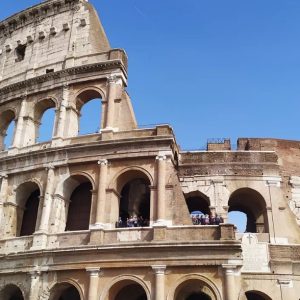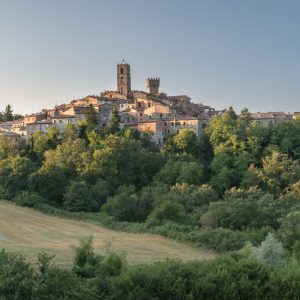Earthquakes, conflicts, fire and floods, yet two grand Roman monuments – the Colosseum and Pantheon – are still standing in Rome. How did the Romans create such great edifices that long outlasted the empire?
Anyone who has seen the Colossuem, or Flavian amphitheatre as it is also known, will marvel at its size and completeness. Incongruously wedged in between some of Rome’s busiest thoroughfares, the four-storey building is impressive.
Similarly, the Pantheon with its 43m span of dome, punctuated with an oculus that fills the interior with light, has you in awe. It remains the world’s largest unreinforced concrete dome.
How could the Romans create such monuments, which have withstood the ravages of time, nearly two millennia ago?
The secret lies in the concrete
Engineers and materials scientists still study Roman monuments today. They say the secret is the marriage of ingenious design with an innovative recipe for concrete. The Romans didn’t invent concrete, but they certainly took construction with it to another level.
Roman concrete used a different recipe to modern concrete. Researchers say its ingredients appear to give it phenomenal resistance to degradation.
Roman concrete is a mix of quicklime. The method for creating it is baking and crushing limestone rocks and, most importantly, volcanic rock aggregates of various types. In contrast to the aggregates used in modern concrete, the volcanic materials are highly reactive. The result is a concrete which remains chemically active for centuries after it first hardens.
In contrast to modern Portland cement, which is inert, this ongoing reactivity allows Roman concrete to get stronger over time. This regenerative capacity, made possible by the reactive volcanic minerals, is what enables Roman concrete’s tremendous capacity to endure.
Engineering know-how

Renato Perucchio, a mechanical engineer at the University of Rochester in New York, says in a BBC article, “The Romans performed sophisticated analyses that led them to these designs, which were then expressed through an extremely careful construction process.”
Perucchio says if an architect tried to build the Pantheon today, the plans would be denied. Without reinforcement, such as the steel bars commonly used in modern concrete structures, the dome would violate modern civil engineering code.
“The dome creates very high tensile stresses, yet it’s been standing for 19 centuries,” says Perucchio. “From this you can draw one of two conclusions: either gravity worked differently in Roman times; or there is knowledge that we have lost.”
Modern concrete – an environmental baddie
Admir Masic, a materials scientist at MIT says that in the modern world concrete is “somewhat evil”, despite all the useful and even beautiful things it can do. Production of the portland cement that goes into today’s concrete is responsible for at least 8% of global carbon emissions.
Masic, alongside Marie Jackson, a geologist at the University of Utah, is studying Roman concrete with an eye towards making it more environmentally friendly. The biggest advantage of Roman concrete, Masic said, is that its lime-based binder only needs to be heated to around 900C, while portland cement needs to be fired at close to 1,450C.
This means Roman concrete has the potential to offer massive reductions in the carbon footprint of concrete production. But this is not its only contribution. The longevity of Roman concrete would mean replacing infrastructure less often.
Currently, modern concrete lasts around 100 years. With a recipe that could lengthen the time to, say, 500 years, there would be less need for concrete. We just need to make sure the edifices are as beautiful to look at as the Pantheon and Colosseum.





